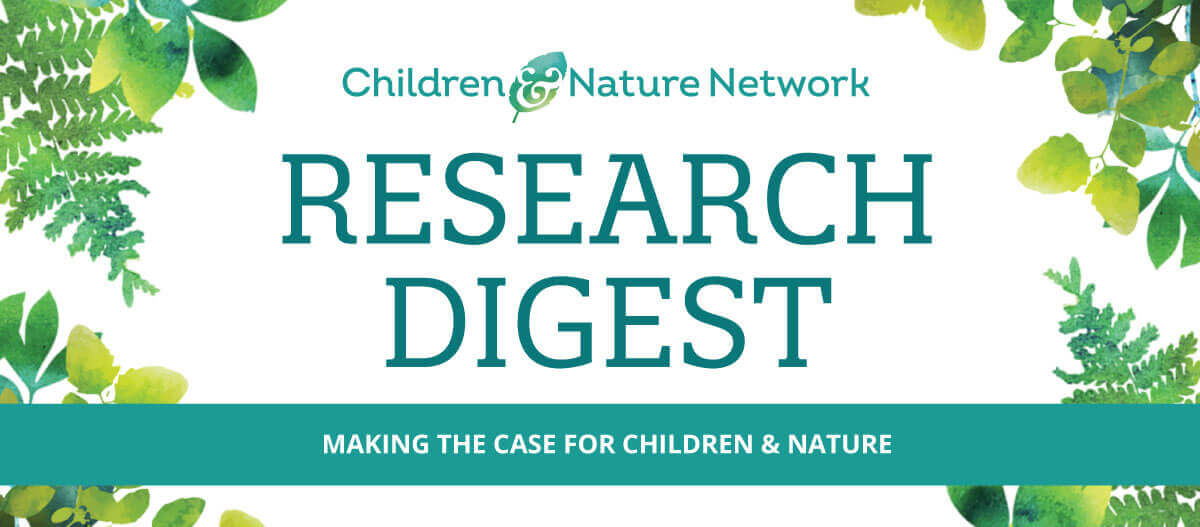Research on the effectiveness of initiatives promoting successful inclusion of children with differing abilities in outdoor and nature-based activities is limited. The following studies, however, suggest that conducting inclusion classes outdoors, providing natural areas on playgrounds, and designing therapeutic gardens with inclusion in mind may foster inclusion and help children with and without disabilities benefit from being in an outdoor natural environment.
Students with and without special needs and their teachers share positive perceptions of learning in an outdoor classroom
Two kindergarten teachers and 37 kindergarten students (some with disabilities) in the US shared their views of the benefits of outdoor classrooms. Most responses indicated that the outdoor classroom promoted children’s cognitive, social, and physical development. Specific benefits included increased well-being, pleasure, and interest in the learning activities. Additionally, children with special needs seemed less distracted and more on-task in the outdoor versus indoor classroom.
Guardino et al. 2019. Teacher and student perceptions of an outdoor classroom.
Access Study
Children suggest adding natural areas to playgrounds would make them more accessible and attractive to children with differing abilities
A group of 7- to 8-year-old students in Boulder, Colorado, when invited to share ideas about how to make city playgrounds accessible and attractive to children with special needs, suggested adding such natural features as trees, open green spaces, and rocks. Their responses indicated an understanding of ways in which natural areas can engage all children in nature play and give them an opportunity to experience nature’s relaxing and calming properties.
Hill & Chawla, 2019. “Fun, novel, safe, and inclusive”: Children’s design recommendations for playgrounds for all abilities.
Access Study
Green spaces on playgrounds can support the inclusion of children with disabilities
This review of the literature focused on users’ perspectives of public playgrounds, with special attention to conditions that include and/or exclude children with disabilities in the use of the playspace. Results of studies from multiple countries showed that children with disabilities often face considerable barriers to accessing or using the playspace. Facilitators to inclusion identified through this review include access to “truly natural places.”
Moore, Lynch, & Boyle, 2020. Can universal design support outdoor play, social participation, and inclusion in public playgrounds? A scoping review.
Access Study
Sensory gardens can be therapeutic environments for children with autism as well as welcoming spaces for all ages and abilities
This field report describes how challenges for children with autism spectrum disorder were addressed through the design and installation of a sensory garden in Florida. The garden was also designed to be a welcoming place to others in the larger community. Today, the garden “provides opportunity and choice for everyone to engage with nature on their own terms, in their own way, and at their own pace.”
Wagenfeld, Sotelo & Kamp, 2019. Designing an impactful sensory garden for children and youth with autism spectrum disorder.
Access Study







